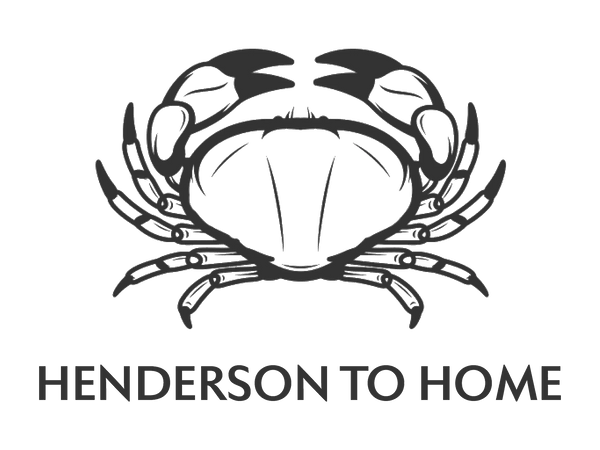Making sustainable fish-eating choices is important for protecting marine ecosystems and ensuring fish populations remain healthy for future generations.
Here are 7 quick tips to help:
1. Eat In Season
Consuming fish in season ensures the sustainability of fish populations and reduces your environmental impact. Seasonal eating aligns with natural reproductive cycles, meaning that fish are caught when they have had the chance to grow to maturity and reproduce, replenishing their species stock. This allows fish populations to sustain their numbers and prevents overfishing during critical breeding periods. Additionally, seasonal fish are often fresher and of higher quality as they are caught in local waters, reducing transportation and storage time, which also lowers your carbon footprint.
2. Choose Local Sources
Local and UK-caught fish typically have a smaller carbon footprint compared to imported fish. Purchase fish directly from coastal markets or fishermen. This can help support sustainable local practices while reducing the carbon footprint associated with transportation.
3. Support Sustainable Fishing Methods
Prefer fish caught using methods that have minimal impact on the environment, such as handline, pole and line, or pot-caught, rather than those caught by methods that can be damaging to the ocean ecosystem, such as bottom trawling, which drags heavy nets across the sea floor.
4. Diversify Your Choices
Instead of always opting for popular species like cod, salmon, and tuna, try lesser-known, sustainable alternatives such as local hake, mackerel, pollock, and whiting. That’s not to say that the most popular species are always unsustainable to eat – it largely depends on how, when, and where they are sourced. Diversifying your fish choices helps reduce pressure on overfished stocks. In British waters the ecosystem is so diverse that you could eat a different fish every day of the year - incredible seafood is on your doorstep.
5. Consider Eco-Farmed Salmon
The Marine Stewardship Council (MSC) recommends avoiding wild Atlantic salmon as "numbers are dangerously low" and opting for eco-farms with an organic or Aquaculture Stewardship Council (ASC) certification as the best choice. Responsible small-scale farms focused on innovative fish welfare and low environmental impact, such as Loch Duart in Scotland, provide a sustainable and clean alternative with a taste and texture indistinguishable from wild salmon and sought after by top chefs. We proudly support Loch Duart's commitment to eco-friendly, responsible practices and dedication to creating a habitat where salmon can thrive in clean, parasite-free water naturally maintained by wrasse.
6. Eat More Shellfish
Shellfish, particularly bivalves, are a top choice when it comes to sustainability. Bivalves are molluscs with a hinged shell (such as mussels, cockles, clams, and scallops), and they are filter feeders living on microscopic organic matter, ensuring the water they live in is clean. Additionally, they provide nutrient-rich food, with high levels of omega-3 fatty acids and a raft of micronutrients.
7. Reduce Waste
Plan meals in advance to minimise waste, store fish properly, and use leftovers creatively. As a rule of thumb, if you're not going to eat the fish freshly delivered within 3 days, it's best to freeze it. Contrary to popular belief, freezing fish doesn't compromise quality—it preserves freshness, locking in all the nutrients and flavours too! Our fish comes straight from fishermen to your door—no middleman involved—ensuring you receive the freshest catch possible to enjoy within 3 days or freeze for later. This helps you maintain your catch's deliciousness and nutritional value. Plus, freezing helps you prevent food waste and allows for bulk buying, thereby minimizing the environmental impact and greenhouse gas emissions from food waste in landfills.
By following these tips, you can make more informed and responsible choices that contribute to the health of marine environments and support sustainable fishing practices.
